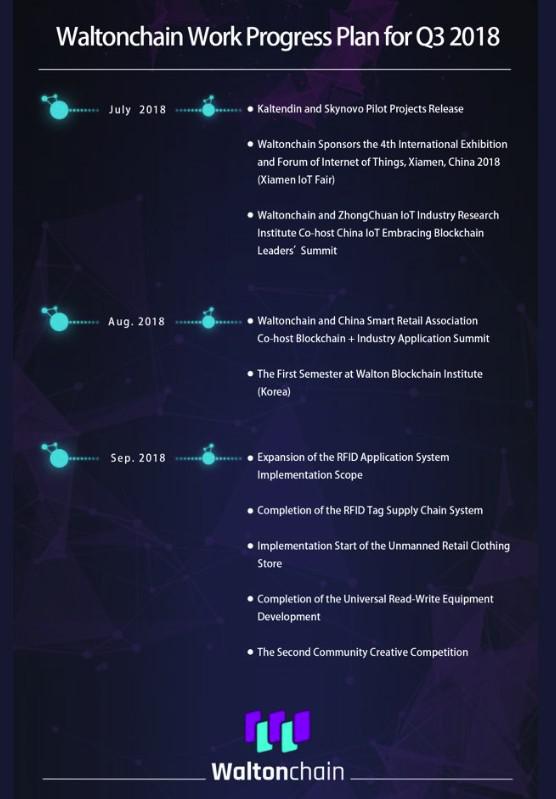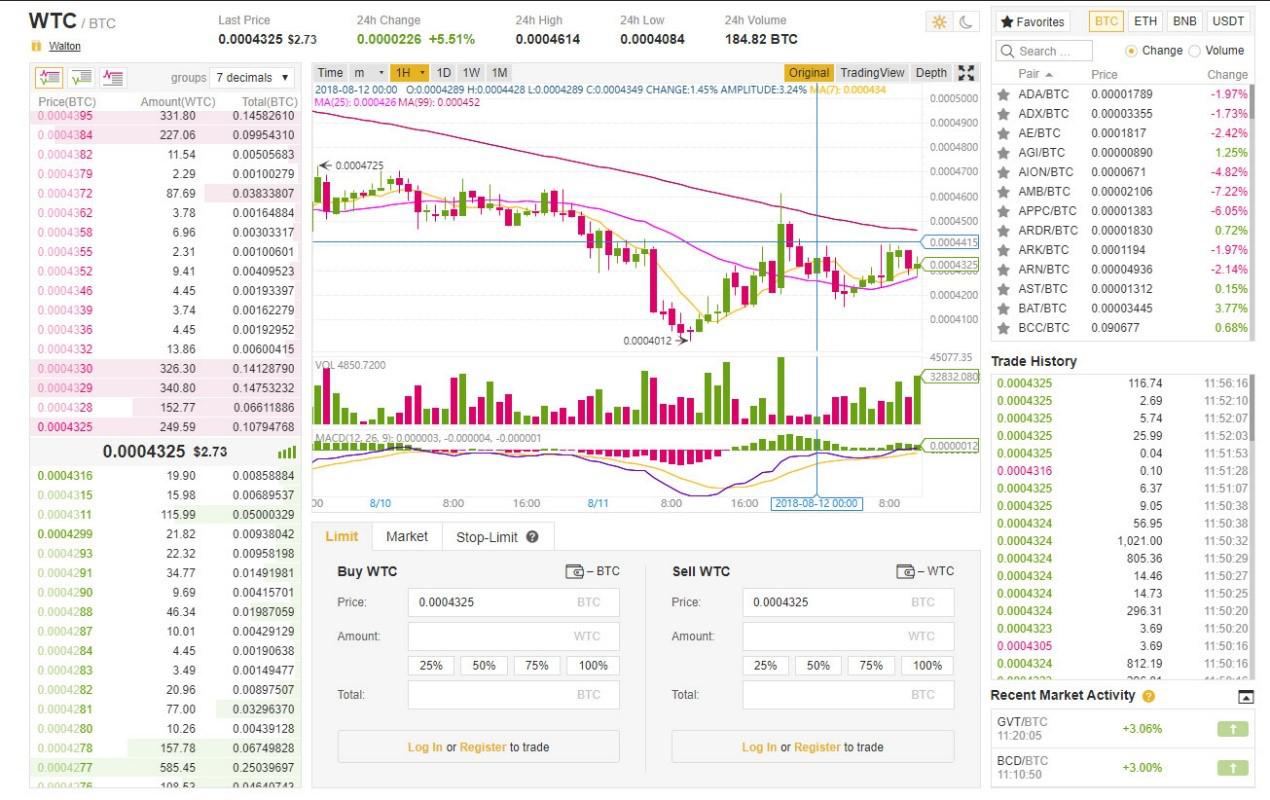Waltonchain (WTC) Review – Blending RFID with Blockchain
| Name | Waltonchain |
| Ticker | WTC |
| Total Supply | 70,000,000 |
| Category | IoT |
| Initial Price | $0.20 |
| Website URL | https://www.waltonchain.org/ |
| White Paper URL | https://www.waltonchain.org/templets/default/doc/Waltonchain-whitepaper_EN_20180525.pdf |
Waltonchain is a decentralized platform that combines blockchain with the Internet of Things (IoT) through radio-frequency identification (RFID) technology. These patented RFID chips not only create a trustworthy and traceable business ecosystem but also do it with complete data sharing and transparency. Through the integration of the real world and the blockchain Waltonchain aims to reveal the era of the Value Internet of Things (VIoT).
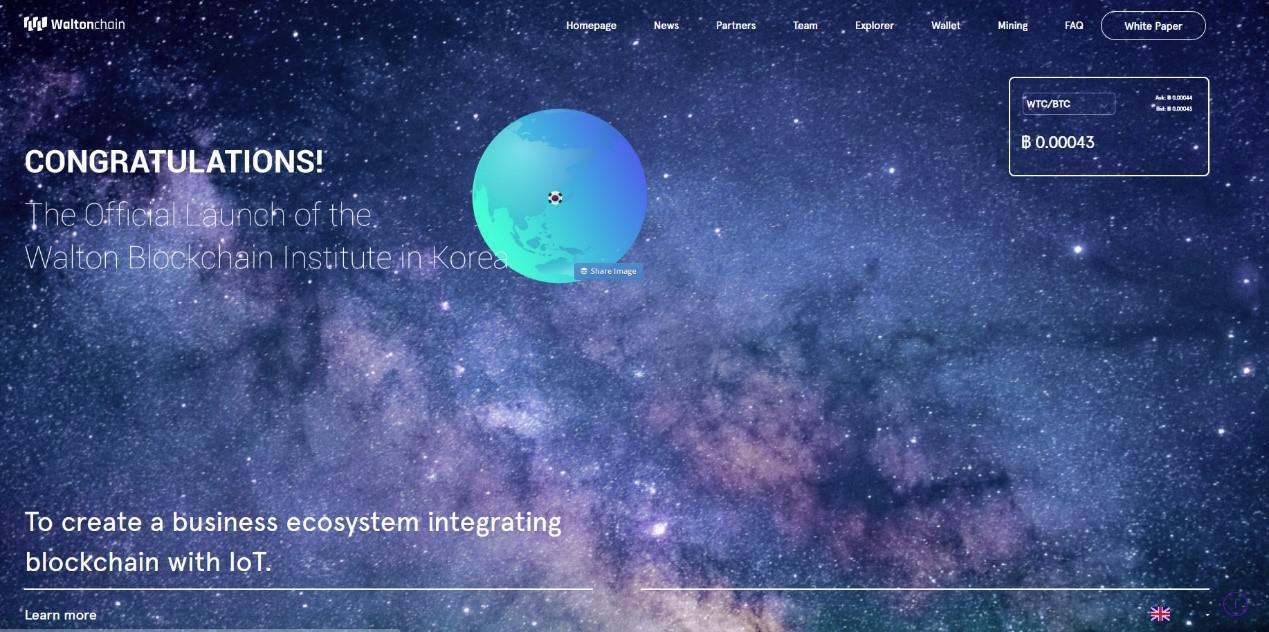
The Idea Behind Waltonchain
In the blockchain industry today, most companies are focused on the software side; few were interested in hardware development. Waltonchain found its niche in hardware development through its radio frequency identification (RFID) chips. RFID is a communication technology that can identify specific targets and read and write relevant data through radio signals. This is done without building mechanical or optical contact between the recognition system and specific targets.
Their R&D enables these chips to be smaller and cheaper to produce than others in the market, enabling them to connect any item to the internet to track, monitor and manage goods along the supply chain. In addition, these RFID chips also connect to the blockchain. Waltonchain refers to its integration of blockchain, big data and RFID technology as the Value Internet of Things (VIoT).
The fashion industry became Waltonchain’s first focus for real-life application. Other applications include the pharmaceutical and food industries.
In July, the company announced their WTC-Food initiative, a system that will provide tracking for China’s food products with the goal of making food safer for consumers.
Founded in 2014, the Waltonchain company name originates from the investor of RFID technology, Charlie Walton. In addition, it is an acronym for Wisdom, Alters, Label, Trade, Organization and Network.
The team includes both Chinese and Korean pioneers of blockchain, IoT and RFID technology, in addition to top attorneys, finance experts, chip designs experts and senior level managers from China’s top technology and garment industry.

Do Sanghyuk, Initiator in Korea |

Xu Fangcheng, Initiator in China |

Kim Sukki, Internet of Things |
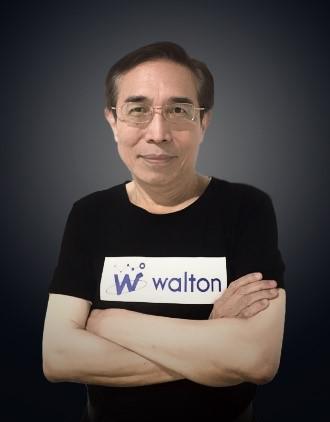
Zhu Yanping, Blockchain |
Waltonchain Partnerships
Waltonchain has secured a number of strategic partnerships and investors.
In February the company announced a partnership with Ishijah trading, a company focused on airport business services. Together they will work towards applying RFID technology to the catering industry and on an intelligent food and beverage management system. In April they announced a partnership with Alibaba’s IoT Connectivity Alliance.
In June, they announced their partnership with FashionET, a fashion industry public chain originating from Chain and South Korea.
In addition, Waltonchain enjoys the full support of the Chinese government.
 |
 |
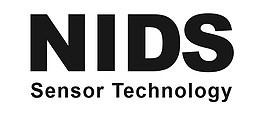 |
 |
 |

|
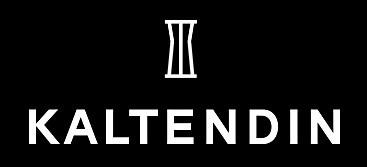 |
 |
 |
Waltonchain Token Price History
WTC had an ICO that took place in July 2017, with its token initially selling for $0.20. The token rose to a price of $43.89 at the end of January following the announcement of its partnership with SWFTCOIN, a cross-chain solution for cryptocurrency transfer.
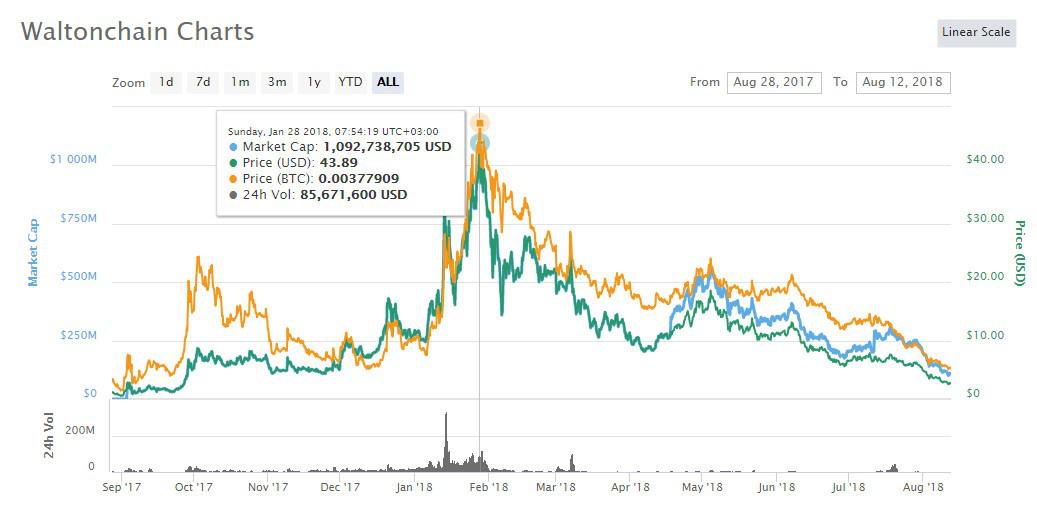
The Waltonchain Technology
Parent Chains
The Waltonchain parent chain is the main chain of the Waltonchain blockchain. It conducts consensus via a Proof of Stake & Trust (PoST) consensus mechanism, which is an updated version of the Proof of Stake (PoS) mechanism. This improved version promotes and trains good behaviour of involved nodes through the information evaluation mechanism, providing an incentive for good behaviour and choosing better nodes. (A real-world application of this would be keeping good credit record in credit mortgages).
Parent Chains provide the following functions:
- Transaction management – Every 60 seconds all transactions of that period are recorded to a block and linked to the previous chain. The parent chain functions as a public ledger of WTC transactions stored in nodes in the network to ensure safety and reliability of transaction data.
- Child chain management – After a parent chain runs, a child chain can be created with detailed functions of it and specific information about the child chain tokens. The information becomes the data structure defining the child chain, recorded in the block similar to the WTC transaction above.
- Smart contract – Smart contracts, with their customizable features, are the cornerstone of Waltonchain and allow it to have a wider range of applications.
- Other functions – This includes a host of other decentralized functions such as: asset transactions, a grading system, an alias system, account control, a voting system, and cross-chain transactions.
Child Chains
Child chains can be customized to provide the features of the parent chain or can be made to be more limited. Child chains can support child chain native token transactions, child chain token and parent chain token transactions and cross child chain token transactions.
The Waltonchain Platform
Waltonchain has a 4-phase development plan, beginning with an infrastructure platform and ending with the integration into retail, logistics, product manufacturing and extending to the entire business ecosystem.
As part of the first phase, RFID tags will be incorporated into the garment industry, an industry in which many of Waltonchain’s core members have many years of experience. The goal of this is to bring large amounts of experimental data during the early part of development in order to accelerate chip and system maturity.
The platform architecture of Waltonchain includes:
- The Bottom Layer – The base contract of each application scenario in the parent and child chain is completed through the smart contract.
- The Core Layer – This layer includes common and personalized features that form the core modules of different applications.
- The Middle Layer – The role of this layer is to provide an interface for the application layer, thus simplifying the work of the application layer.
- The Application Layer – This layer is dependent on the platform or environment for different applications and how these applications meet individual, team or business needs.
Below is a more detailed structure of the platform as it pertains to the application in the garment industry:
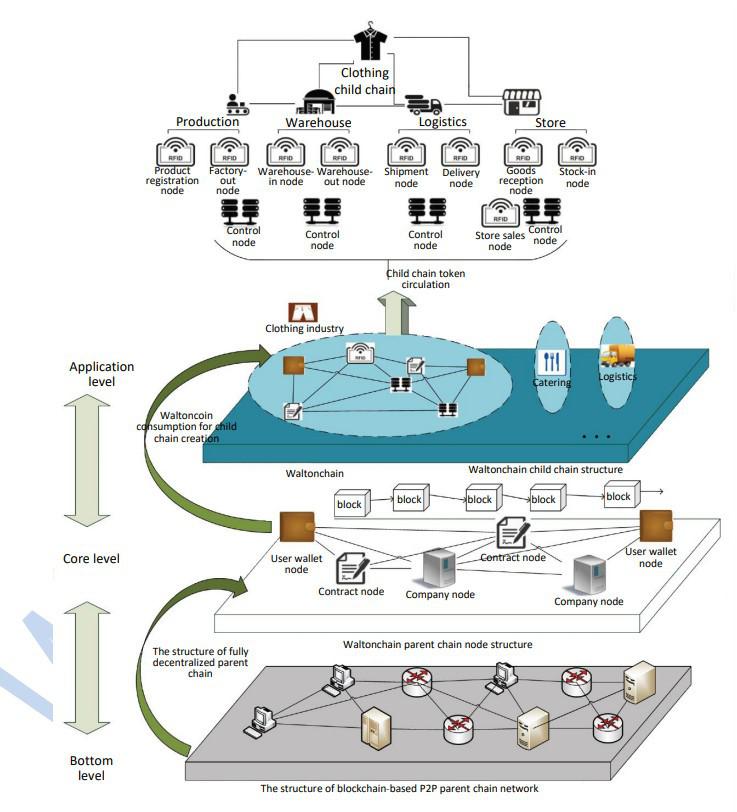
The WTC Token
The WTC token was originally created as an ERC-20 token, but after the token swap it
will become part of the WaltonChain ecosystem and have several functions:
- It can issue child chains. The WTCs are used to provide the accounting node wallet to support the parent chain – PoST mechanism.
- It can provide dividend interest. A majority (90%) of tokens are allotted to accounting node wallets of child chains, and the rest are allotted to the accounting node wallet of the parent chain.
- A credit or mortgage system. A customer can pay for an item but doesn’t have the right currency. Instead he can purchase the item by mortgaging parent chain WTCs as collateral, agreeing on a time to return the currency. At that point, the WTCs would be returned as well. If payment is not fulfilled, the WTCs set aside as collateral would increase.
- A distributed asset exchange. Parent chains can exchange assets of any child chain tokens on child chains, opening up collaboration opportunities and cross-chain transactions.
- A distributed voting and governance system. The voting system of the future. It would be safe and anonymous
- A decentralized exchange. All coins on child chains can be traded in a decentralized exchange on the parent chain with WTC acting as the intermediary.
More functions for WTC exist and advanced features will be developed in the future.
How to Purchase WTC
The main exchange for purchasing WTC is on Binance, which currently has the largest volume of the currency at over $1.3 million. WTC can be traded on Binance for BTC, ETH, and BNB.
WTC is also available on the following exchanges:
- OKEx (Trade WTC with BTC on OKEx)
- LATOKEN (Trade WTC with ETH on LATOKEN)
- OKEx (Trade WTC with USDT on OKEx)
- BitForex (Trade WTC with USDT on BitForex)
- Huobi (Trade WTC with BTC on Huobi)
How to Store WTC
WTC can be stored in any wallet that supports ERC-20 tokens such as Coinomi, MetaMask and Myetherwallet.
In addition, you can download the Waltonchain wallet as a desktop or mobile version (both Android or iOS) from the website.
For maximum security, however, you should store your WTC on hardware wallets such as Ledger Nano S and Trezor.
Roadmap and Future Plans
Waltonchain has published an extensive roadmap for the rest of 2018.
In April, Waltonchain released the Android version of its mobile wallet and started targeting the Brazilian market. The mainnet was launched at the end of March.
Its goals for September include expansion of the RFID Application System Implementation Scope and the completion of the RFID Supply Chain System.
